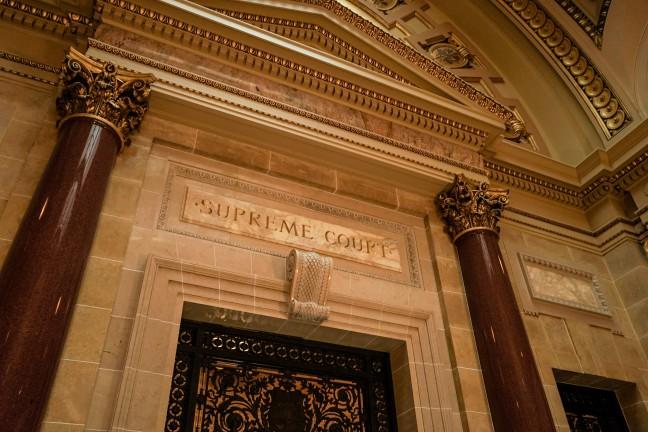By the time you finish reading this sentence, students in the U.S. will have accumulated another $8,574 in student debt. The staggering debt placed upon adults entering the workforce has increased to a total of $1.4 trillion. Since 1980, the cost of public tuition has risen 344 percent, while private college tuition has risen 241 percent.
With the goal of trying to make college more accessible for every American, the federal government has created a situation in which college tuition is rising at a pace far greater than the rate of inflation. This means if current trends continue for the next 18 years, the average cost of tuition at a public university could rise from $39,400 to $94,800.
Instead of seeking to find the cause of rising tuition, the federal government continues to throw money at a problem they have not been able to solve, effectively creating a situation in which graduates bear even more of a burden when trying to receive a higher education.
A study conducted by the Federal Reserve Bank of New York revealed that for every extra dollar invested in subsidized student loans, tuition has increased as much as 60 cents. This supports the Bennett theory, first introduced in the 1980s, which suggests that colleges and universities are able to increase the price of tuition when there is government funding available to cushion the increase. With no incentive to keep costs low, students are forced to bear the burden of the rising costs of college tuition.
The cost of knowledge: Average UW student graduates with nearly $30,000 in loan debt
Furthermore, the federal government has reached itself so far into the student loan market that it funds 90 percent of all student loans. Because of this, students are no longer given much of a choice in what kind of loans they will take out. Colleges and universities also have no incentive to keep costs low, because the federal government steps in to pay for astronomically high tuition rates up front and pushes them onto students to deal with later.
As this problem continues to grow and graduates become increasingly burdened with debt, it can create future problems when it comes to purchasing a home, starting a family or even contributing to the economy in other ways.
In order to reverse this dangerous path the federal government is continuing down, we need to focus on solutions that actually address the problems we are seeing in the student loan market. That begins with less involvement from the federal government and more choices in the hands of our students.
In Wisconsin, leaders like Gov. Scott Walker have been fighting against the ever-growing costs of receiving a higher education. In-state University of Wisconsin students have had the opportunity to receive a world-class education with frozen tuition since 2013. At other colleges and universities across the country, students have seen their tuition rise substantially. Meanwhile, the freeze on tuition within the UW System will save the average student $6,311 over the course of four years.
Instead of offering more of the status quo, conservative policies such as these have allowed students to pay less for their college education and has kept the UW system in check. Before the freeze was first instituted, lawmakers discovered the UW System was raising tuition for Wisconsin students while simultaneously keeping a surplus of $648 million. The UW System later admitted that they “did not draw attention” to the surplus.
New poll shows popular support for student loan payment reform
In the past, Walker has also advocated to allow students to opt-out of paying for allocable segregated fees, which are built into the cost of tuition for UW students. As noted in a Campus Reform article, of the funds allocated to student organizations with political leanings, 95 percent were found to be allocated to organizations considered to be liberal. Walker sought to give Wisconsin students a choice as to where the tuition dollars that they are forced to pay end up.
When looking to the future of student loans, Republicans are seeking lasting solutions to this growing problem. But those on the left have continued to advocate for more spending, more regulation and more control in the hands of the federal government instead of those who actually have to pay back the loans when they graduate. It’s obvious that what the federal government has been doing is simply not working. Instead of accepting the status quo, students need to look toward the solutions that work best for them when funding their college education.
Alesha Guenther ([email protected]) is a sophomore majoring in journalism. She is also Deputy Communications Director for College Republicans.





















